Historical center of Vienna
Unesco's Scientific, Educational and Cultural Organization has recognized the historic center of Vienna, the capital of Austria, as a World Cultural Heritage in 2000.
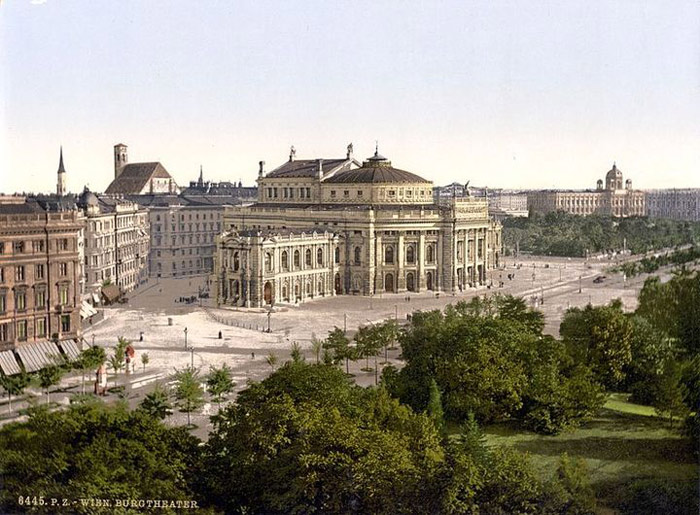
Vienna is the capital of Austria, the city is now the largest city of Austria and the cultural, economic and political center of the country. The whole area of Vienna is about 440 km2 with more than 2 million inhabitants. The main language used here is German. Vienna has a temperate climate, temperatures and year-round weather are relatively stable.
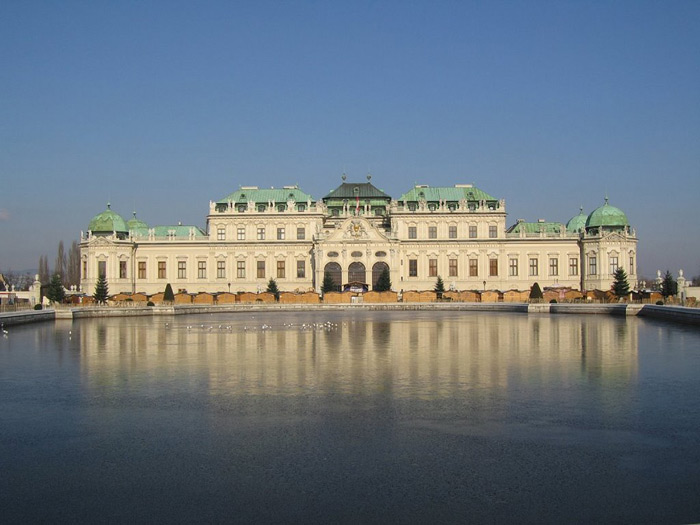
Vienna especially because this is a city where history and modernity coexist. Besides the castles and ancient palaces built from the Hofburg period, there are modern high-rise buildings, expensive commercial centers, and trendy fashion stores.
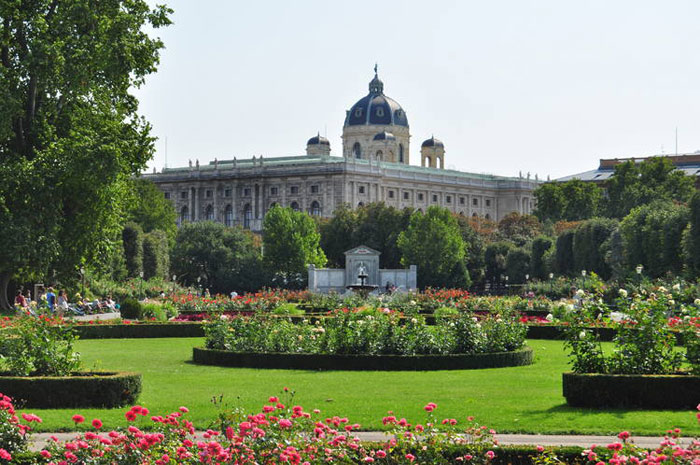
Vienna also has the Danube river flowing through the city, giving the city a romantic, poetic space. The city of Vienna is also known as the city of music . Because music geniuses like Mozart, Beethoven, Gluck, Haydn, Schubert and Johans Straus . were born here. Everywhere in Vienna I can see the relics of music from the square, the street to the park . associated with the names of musical geniuses.
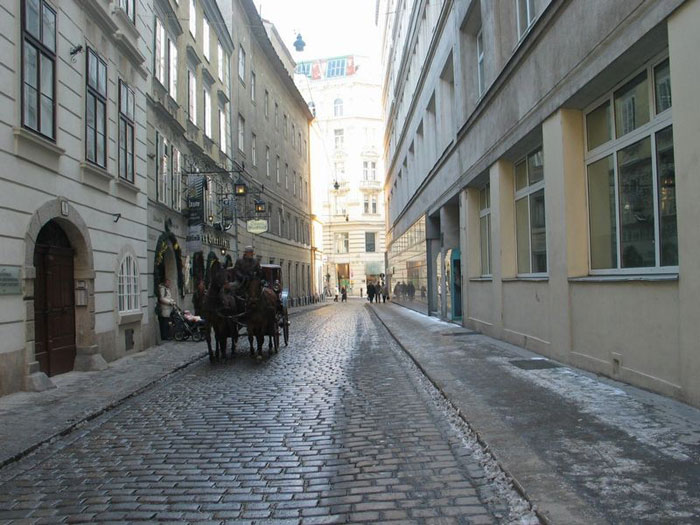
But Vienna not only has music, it is also known because it possesses many valuable buildings including ancient architecture and new buildings. Besides, Vienna is also famous for its scenery and the atmosphere in this city always gives people a romantic and peaceful feeling. If standing in the historic center of Vienna, surrounded by magnificent, ancient architecture, breathe the fresh air followed by the wind swept up from the Danube . visitors will It feels like I'm living in a fairy tale.
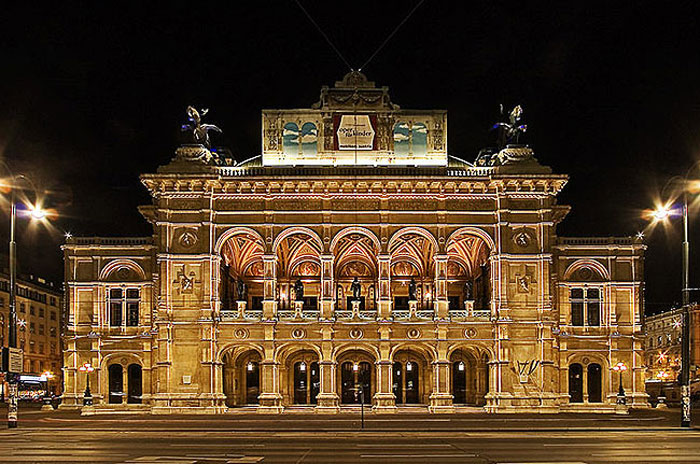
Vienna National Opera House.
There are about 300 theater theaters and concert halls all around the city. Among those theaters, the most famous is the Vienna National Opera . This theater has been honored as the theater center of the world . The Vienna National Opera is built in Roman style, on the outside of the door and large rooms are covered with marble, in the theater, there are pictures of great artists and musicians.

Stephan Church
Vienna is also known as the city of architecture by buildings, magnificent castles, the unique architecture that it owns, as Stephan Church was built in the 7th century; the church of Our Lady of Saint Maria (1330 - 1414); National Library, Swiss Gate .

Hofburg Royal Palace.
Around the middle of the 12th century, Vienna became the domain of the Austrian nobility. From 1529 to 1683, Vienna was occupied by the Turks and since then the city has been regarded as the capital of a country. In 1867 until 1918, Vienna was the capital of the Austrian empire. During World War II, Vienna was occupied by German troops. On December 22, 1955, the Austrian government passed Austria's neutrality law, and since then, Vienna has also been returned to the Austrians.

Not only famous for its ancient architecture, Vienna also has many famous modern architectural works in the world such as the 252-meter Danube tower . The Danube tower has an elevator for visitors to walk from the foot of the tower to the top of the tower for coffee and watch the entire cityscape. Vienna is divided into several districts where each district has its own characteristics. To travel between districts visitors can take the subway. Particularly, the city center area can walk because this area is not too wide.

Vienna's historic center area is different than other neighborhoods because there are many important buildings here such as: Stephansplalz Square; Stephen's Church; Hofburg Royal Palace; Sisi Museum, National Opera .
In Vienna there is another very interesting thing: cafes. The people of Vienna did not call coffee shops as they used to be in other parts of the world, they called it a public guesthouse . The reason is because visitors come here only need to call a cup of coffee to be able to sit for many hours talking to friends, chatting with relatives or reading cells without being bothered by the waiters to call more or express unpleasant mind. This coffee culture is also one of the specialties only available in Vienna, so it will not be strange to come to Vienne and you will find that the cafes here are luxurious or popular. crowded guests.

Currently in Vienna there are many important agencies and organizations based such as UNIDO, OPEC, IAEA, OSCE . Vienna is also the city that hosts many of Austria's most important cultural events.
- Vista hasn't come out yet ... Microsoft has aspired to Vienna
- Macau historical center
- Riga historical center
- Historical center Bridgetown and Garrison - World cultural heritage in Barbados
- Historical images cannot be forgotten about Tax Trade Department
- 11 famous historical events thought to be real but were fictional
- 5 famous historical places are haunted
- Lost treasure of Juba emperor (The last part)
- Surprised with rare historical series hard to find
- 15 impressive historical moments
- 4 historical facts that many of us don't know about
- The Austrian people celebrated the prehistoric female Guard
 Suzhou classic bonsai garden - China
Suzhou classic bonsai garden - China Chau Nguyen Dynasty
Chau Nguyen Dynasty Thai Son Mountain - World Wonder
Thai Son Mountain - World Wonder Ancient villages of Shirakawa-go and Gokayama
Ancient villages of Shirakawa-go and Gokayama